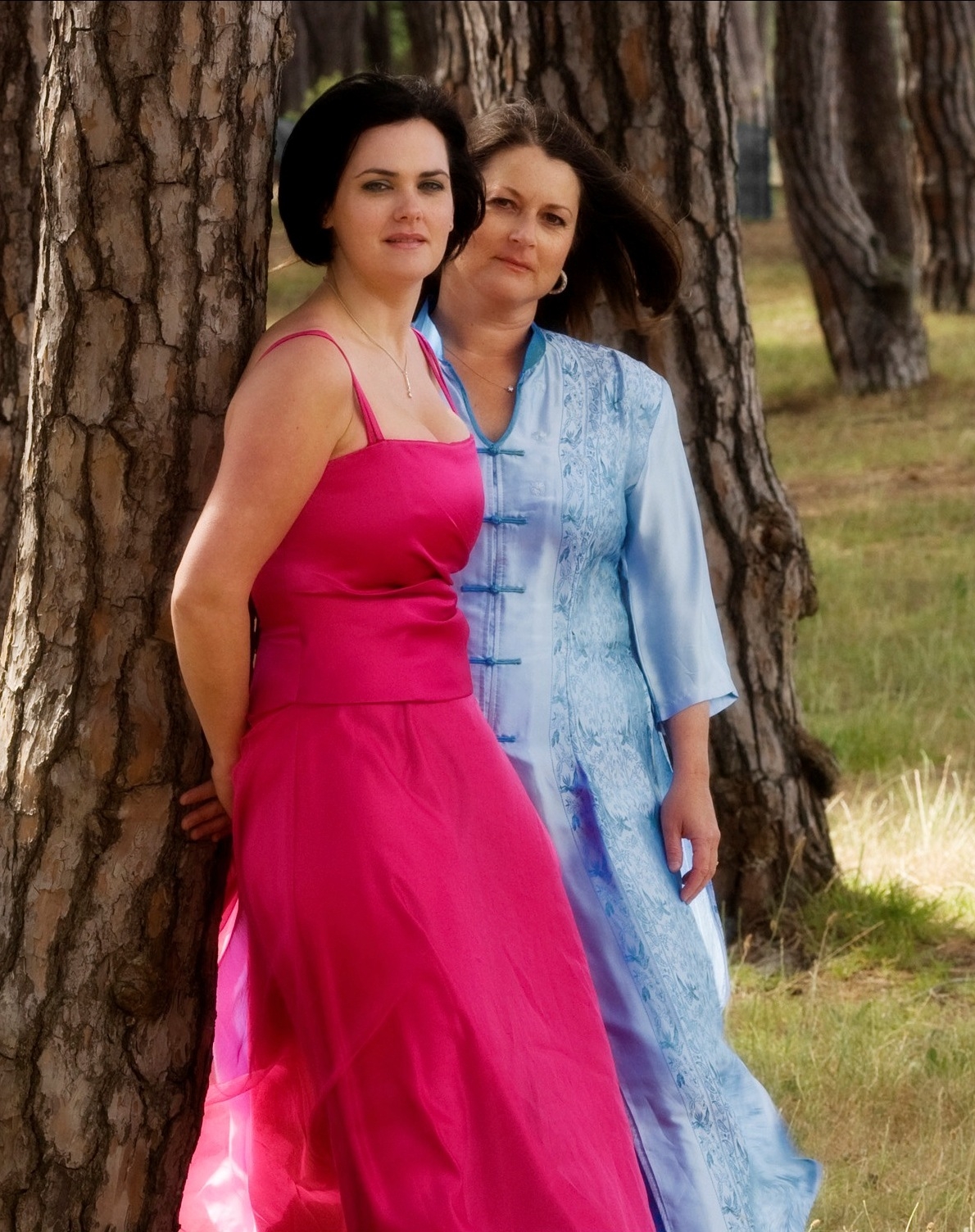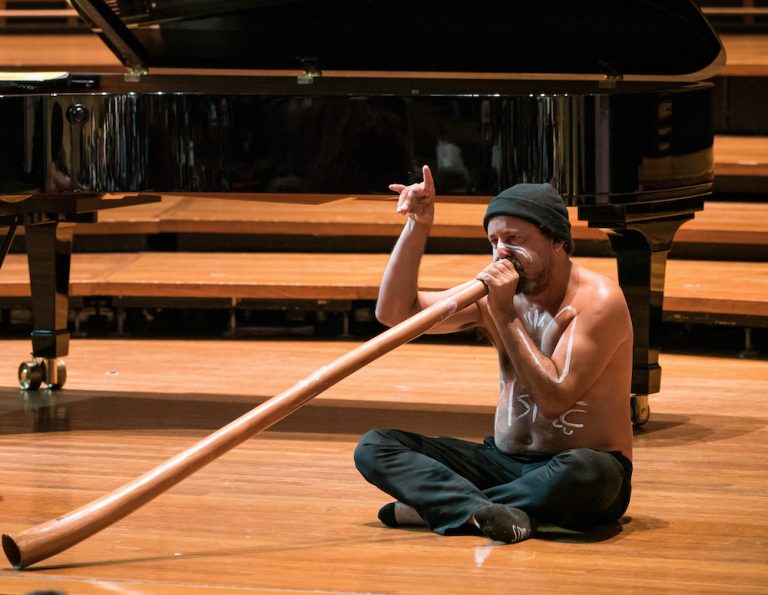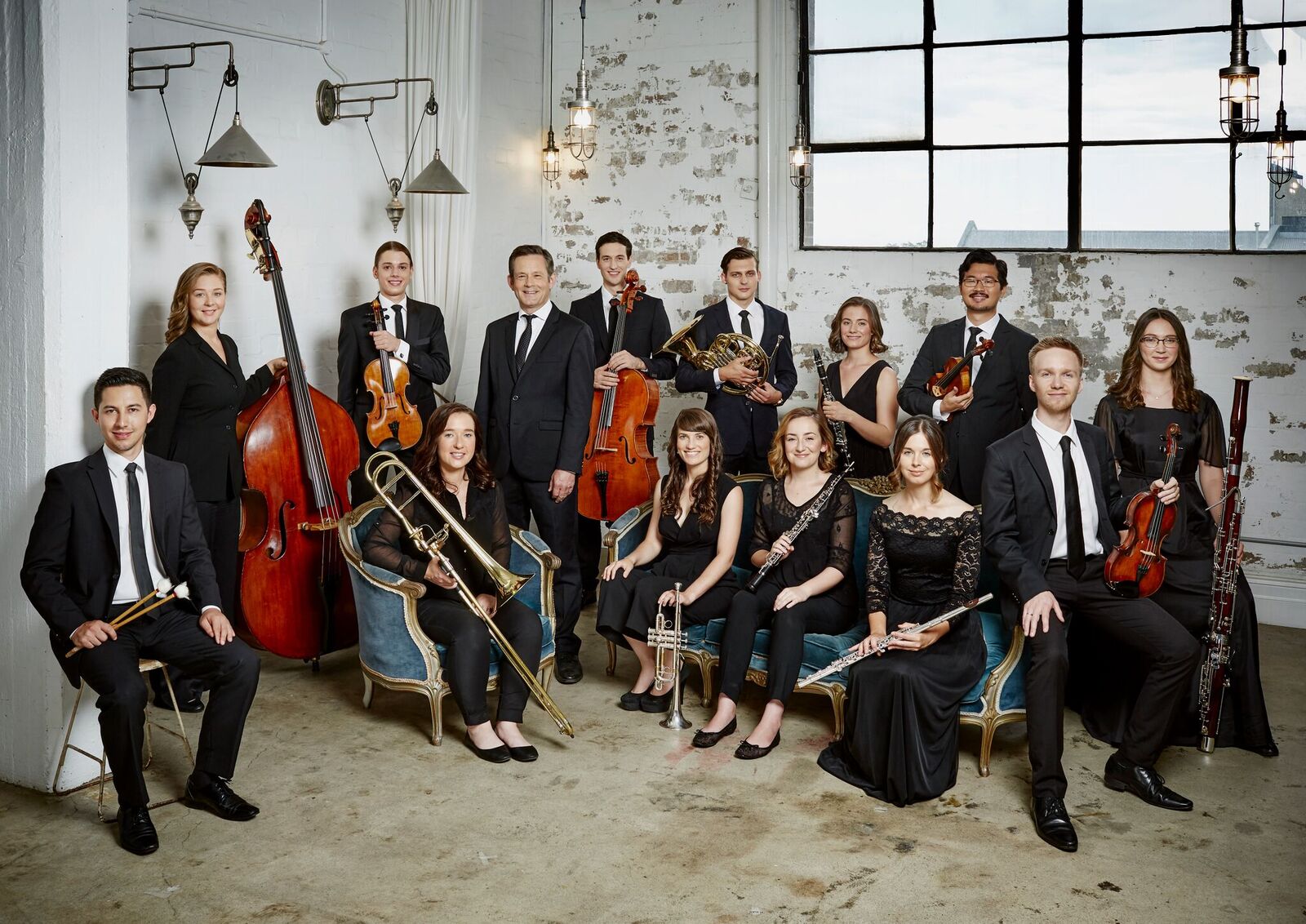two’s company – the intimacy of the duo ensemble

An ensemble of two performers is about as intimate as it gets in chamber music. Professional musicians are accustomed to “making it work” with whomever they are required to perform. But when the musicians have chosen to work together over many years and relish the experience, there is extra frisson in the performance.
Pianist Kathy Selby and cellist Emma Jane Murphy present “Two’s Company” for Selby and Friends in September, featuring the music of Beethoven, Sculthorpe, Schubert, Rachmaninov and Brahms.
Watching a recent performance of Mendelssohn’s E flat major octet, by a group of emerging musicians, it was a hard task to decide whether the musicians in the octet or those in a duo need to be the better musical communicators. The octet is larger and perhaps less exposed – but there are more parts to be attuned to. In a duo, there is only one other musician to heed – but the connection has to be sturdy and the performers are so much more exposed. The stronger the link between the musicians, therefore, the more likely the performance will be greater than the sum of its many intangible parts.
Selby and Murphy’s work together has forged an understanding that operates at professional, musical and personal levels. They are both mothers, combining the life of a touring musician with motherhood, a role that they both take very seriously. Their shared sense of humour and appreciation of each other’s company strengthens their performances together and allows for softness in the time they are thrown together whilst on tour.
Chopin and Beethoven were both taken with the music of Mozart. Chopin composed piano variations on the theme of “La ci darem la mano” from Don Giovanni, and Beethoven wrote the “Seven Variations in E flat on a Theme from The Magic Flute” – which is one of the works that Selby and Murphy will perform – the theme being “Bei mannern, welche Liebe fuhlen”. With Theme and Variations, Beethoven writes in a form which he relished – replicated in previous tributes to Handel and to Mozart – two sets of twelve variations also for cello and piano.
The acronym denoting the catalogue number of the Seven Variations (WoO) stands for the German phrase “Werk ohne Opuszahl” meaning “work without opus number”, given to some of Beethoven’s works that were published in this category.
Sculthorpe’s “Djilile” for cello and piano opens with a plaintive cascade form the cello. It was composed in 1986, and is in part based on an Aboriginal melody from Arnhem Land depicting a ‘whistling-duck on a billabong’. Coincidentally, Sculthorpe dedicated the work to Ken Tribe whose support of Australian composers has been commemorated by Musica Viva this month. (See our post on this initiative).

The “arpeggione” was a 6 stringed instrument with a fretted fingerboard, tuned like a guitar and played with a bow. Today, it is rarely if ever seen in performance and the literature for it is all but obsolete. Schubert’s posthumously published Sonata in A minor for cello and piano D 821, originally featured the arpeggione, but has been transcribed for cello. The arpeggione was created in Vienna in 1823 and Schubert composed this sonata in 1824. The instrument was short-lived. By the time the music was published, the arpeggione was out of vogue.
Rachmaninov didn’t write a great deal of music for the cello. The 2 pieces in his Opus 2 Prelude and Danse Orientale are a rare opportunity to hear these early compositions.
Selby and Murphy complete the post 19th century programme with the Sonata for Cello & Piano No. 2 in F major, Op. 99 by Brahms, whose passion for and expertise in writing for the lower registers is well known and much adored.
This is an appealing programme requiring much stamina, musicianship, technical skill and the suppleness of give and take between two performers who never fail to deliver.
Children under 12 admitted free of charge. Book through 9969 7069
Programme:
Ludwig v. Beethoven Seven Variations in E flat on a Theme from the Magic Flute, WoO46
Peter Sculthorpe Djilile
Franz Schubert Sonata for cello & piano in A minor, D. 821 “Arpeggione Sonata”
Sergei Rachmaninov Two Pieces: Prelude and Danse Orientale, Op.2
Johannes Brahms Sonata for cello & piano No. 2 in F major, Op. 99
“Two’s Company” tours to Bowral, Sydney, Canberra and Turramurra. Also to Adelaide and Melbourne.








One Comment